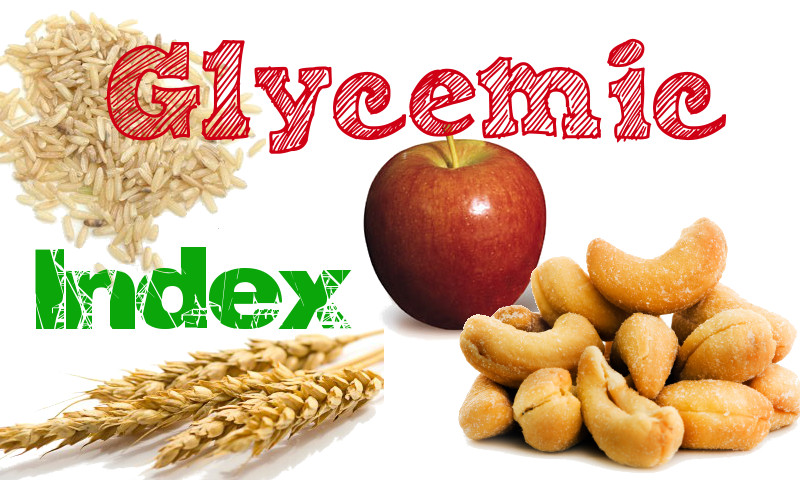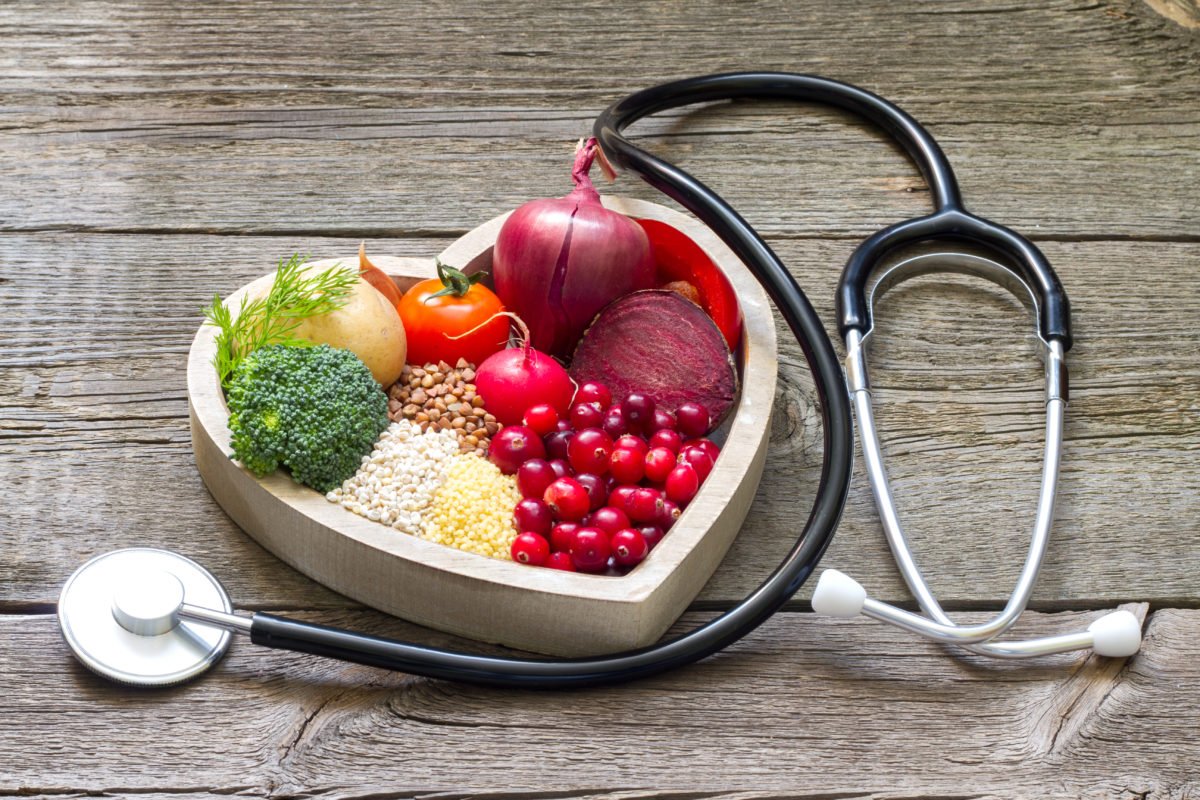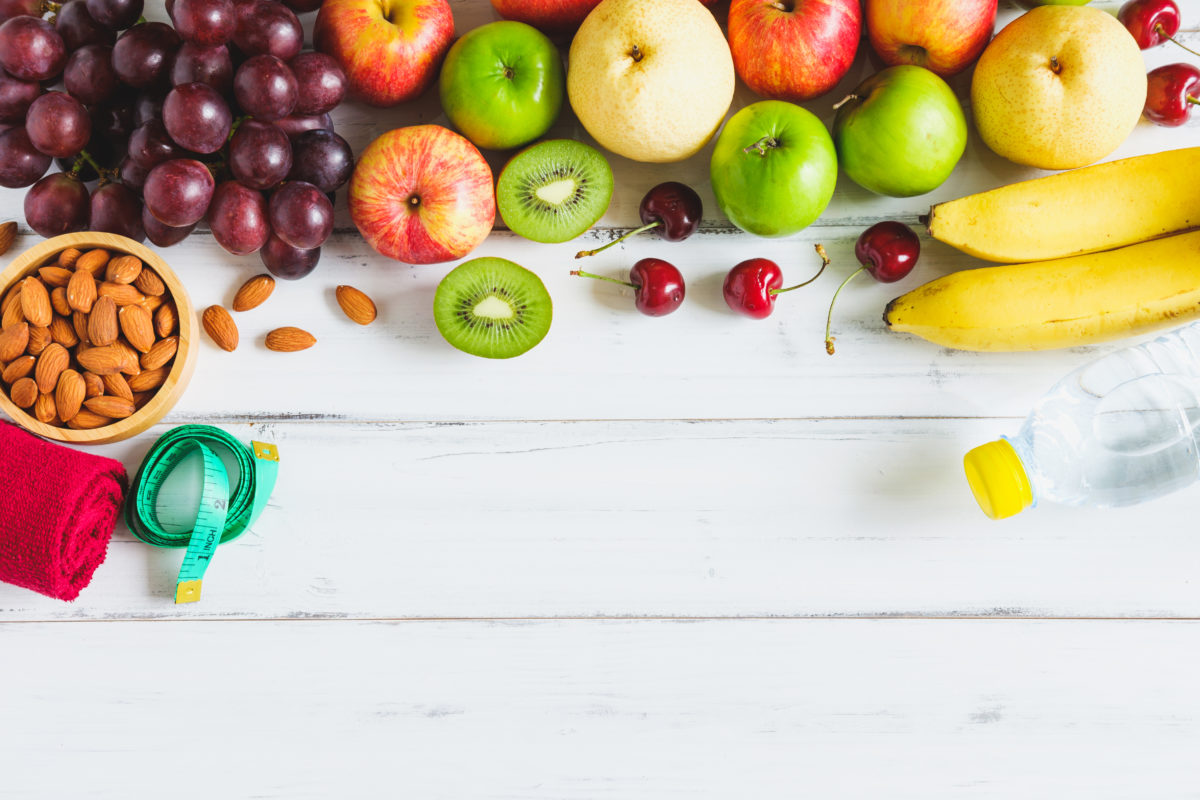Why do we care about the GI of a food?Low-GI diets have been associated with decreased risk of cardiovascular disease, type 2 diabetes, stroke, many types of cancer and even depression. High-GI diets are associated an increased risk of all of these diseases and more, increasing mortality rates. If you’re already a diabetic, you really need to watch the GI index of every food you eat to help control the disease.
How do I know the GI value of a food?
This doesn’t require any memorizing because there are a few general rules to help us.
For any food with carbohydrates in it, the more its natural integrity is disrupted by processing, the higher its GI value. Whole foods that haven’t been tampered with have a low GI value.
So whole grain breads tend to have a low GI value whereas refined white bread (stripped and processed) have a high GI value. Whole foods don’t cause a rapid rise in blood sugar; more processed foods do. This is the basic difference between “good” slow-acting carbs versus “bad” rapid acting carbs.
A good rule of thumb is all fruits and vegetables fall into the LOW GI category .The notable exceptions of vegetables are potatoes which are HIGH, and sweet potatoes, beets, leeks and corn which are MEDIUM. Exceptions to the fruits include raisins, watermelon, papaya, pineapple, kiwi, and apricots which are MEDIUM.
How we prepare any food can affect its GI value as well. For example, adding acidic flavoring like lemon juice or vinegar lowers the GI value. Overcooking pasta or legumes can break chemical bonds in foods, raising the GI value. For example, beans tend to have a low GI value, but if you overcook them the GI value goes up.
What we eat with any carbohydrate also affects its GI value. Fish, poultry, red meats, nuts, seeds, legumes and dairy all have a low GI value. Consuming these protein and fat containing foods with any carbohydrate lowers the overall GI value of that meal.
Think simple, whole foods that haven’t been processed. The closer a food is to its natural state the lower its GI value. When we consume low GI foods, our bodies aren’t burdened by a rapid rise in blood sugar levels. We don’t get the sugar high and subsequent crash that we do from high GI foods like candy and white bread.
Eating low GI foods makes us feel better in the short term, and helps us live longer, healthier lives in the long term. Hopefully this makes your choices easier!
Here’s a great link to have for referencing the GI value of over 100 common foods:
http://www.health.harvard.edu/…/glycemic_index_and_glycemic…

 English
English French
French German
German



